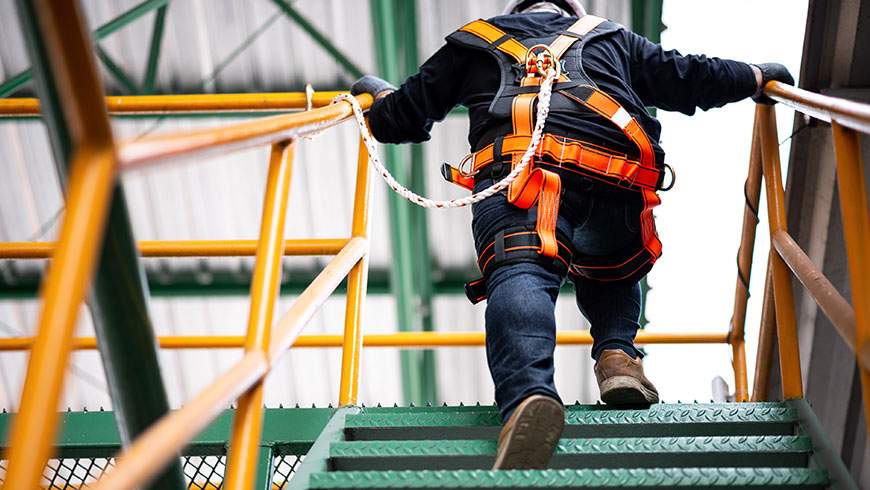Construction sites can be dangerous – active workers and heavy machinery are in close quarters and constant motion. Incomplete buildings have openings that workers can fall through, often high above the ground. Substandard or improperly erected scaffolding can collapse. Workers are struck by falling debris and heavy objects, and faulty wiring can expose workers to electrocutions.
While workers’ compensation covers workers injured on the job, sometimes unrelated individuals and entities also cause construction site accidents. Workers who sustain onsite injury caused by a negligent third party can seek personal injury damages in addition to workers’ compensation benefits. Since 1998, Avrek Law Firm’s workplace accident attorneys have a record of success representing injured individuals, and have obtained Over $2 Billion in settlements and judgments on behalf of our clients.
Who’s at Fault in a Construction Site Injury?
The top ten most frequently cited OSHA safety standards violations in 2013 included:
- Fall protection at construction sites (most cited)
- General requirements for scaffolding (third most cited)
- Construction site ladders (seventh most cited)
A wide-range of individuals and companies can be potentially at fault for causing injuries at construction sites, including:
- General contractors, prime contractors, site managers, and subcontractors are responsible for providing a reasonably safe work environment and need to comply with federal and state occupational and site safety regulations.
- Property owners could be potentially liable for dangerous conditions on the land that they know of or should reasonably know of.
- Architects and engineers could be at fault if site plans fall short of acceptable professional standards, or if they fail to comply with contractual obligations related to site inspections.
- Power and construction equipment manufacturers are legally obligated to make products that are safe to use. A worker injured by a tool or machine that is inherently dangerous because of a defective design, or because it is made with substandard parts, can pursue a products liability claim against the manufacturer.
On larger construction projects, the various parties will likely have liability insurance policies, and also will have likely signed contracts that apportion liability responsibilities depending on the type of work being done and the aspect of the construction phase in question. In assessing liability for construction site injuries, Avrek Law Firm’s work accident injury lawyers will determine the extent of an individual’s or entity’s control over the premises where the work is being done, and the degree of their control over the work itself.
Types of Construction Site Injuries
Construction workers are often exposed to potential dangers from working at great heights, or from electrocution, or collapsed walls or roofs. Construction site injuries are often catastrophic. Types of construction site injuries include:
- Fractures
- Traumatic brain injury
- Spinal cord injury
- Paralysis
- Burn injury
- Loss of limbs, toes or fingers
- Crush injury
- Vision loss
- Hearing damage
- Back and neck injury
Serious injuries can severely disrupt an individual’s life, and include massive medical bills and lost income. Recovery from a serious injury is often slow, arduous and painful, with no guarantee of a full recovery.
Hire the Right Construction Site Injury Attorney
Determining fault for a construction site injury can be complex and difficult to prove. The construction site injury lawyers at Avrek Law Firm have the know-how and experience to effectively investigate construction site accidents, prove who was at fault and build the maximum value of personal injury damages. This is the level of expertise and dedication you need and deserve.
You owe it to yourself to discuss your potential claim with the experienced construction site accident injury attorneys at Avrek Law Firm. If you have been injured in a construction site accident, contact Avrek Law Firm’s work accident lawyers today to let us help you assess your legal rights in a free consultation.
